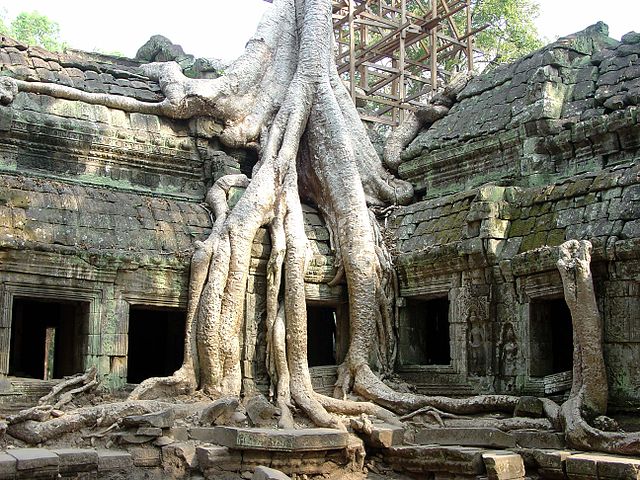

|
Spelling and Pronunciation
|
There are so many different spoken and written languages in Southeast Asia that few general rules can be given. It's always best to imitate an educated native-language speaker. I've given a few hints in the text for some of the less-obvious words. The following miscellaneous notes may also be helpful.
1. In the Khmer heartland
(Cambodia and parts of Thailand and Laos):
2. Examples:
3. Religious terms in Pali are sometimes descended from a related Sanskrit word. In these cases, a Sanskrit "r" is replaced by a doubled consonant, especially in Burma, because in general East Asian languages do not like the "R" sound. For example,
4. In Myanmar, pronounce KY as J (per Jacobs)[2], and WR as either Y (per Jacobs[2]) or R (per Cooler[1]):
5. There is an alteration between B and P in several Asian countries. For example, Pagan (capital of Myanmar) is currently (2022) pronounced and spelled Bagan, not Pagan. Similarly, Beijing (newer) vs. Peking (older).

|